| _ | To top | ||
| _ _ |
Slot, Reserved
Reserved PresentationAbstract Biography |
Fab Management Forum | |
| A | To top | ||
| Applied Materials |
Neuber, Andreas
Topic Coming SoonAbstract Biography |
Fab Management Forum | |
 |
ASM |
Khazaka, Rami
Epitaxial Growth of SiGe/Si Multi-Layers for Advanced Logic Devices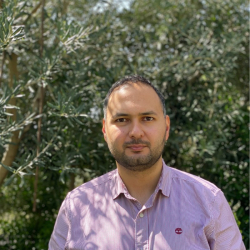
 Abstract Biography |
Electrification & Power Semiconductors Materials Innovations |
| B | To top | ||
 |
Bluefors |
Gunnarsson, David
Future Computation Technology from Cryogenics Point of View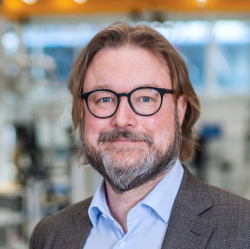
 Abstract Biography |
Future of Computing |
| C | To top | ||
 |
Canatu |
Salmi, Emma
Carbon Nanotube Membranes for EUV Photolithography– a Versatile Material Platform Abstract Biography |
Materials Innovations |
 |
Comet |
van de Ven, Dionys
The Future of Advanced Packaging Inspection is X-Ray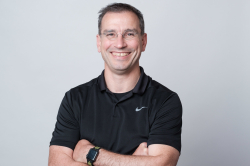
 Abstract Biography |
Fab Management Forum |
 |
Comet Yxlon International GmbH |
Driller, Christian
Zero defects matter | The Power of Xray in Advanced Packaging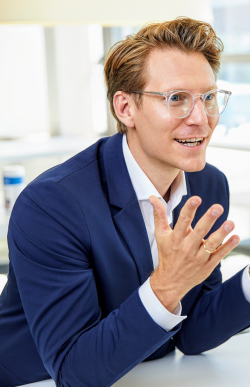
 Abstract Biography |
Future Disruptions |
| D | To top | ||
 |
D-SIMLAB Technologies |
Lendermann, Peter
Squeezing More Wafers out of a Fab: Can this be Done without Driving Cycle Times Through the Roof?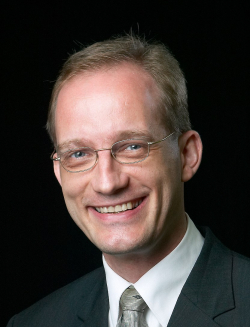
 Abstract Biography |
Fab Management Forum |
| F | To top | ||
 |
Fraunhofer EMFT |
Kutter, Christoph
Topic Coming Soon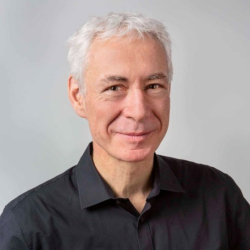
 Abstract Biography |
Future of Computing |
| G | To top | ||
| GLOBALFOUNDRIES |
Heller, Thomas
Data Driven Optimization in Semiconductor Fabrication: How Business Efficiency Helps Environment as WellAbstract Biography |
SMART Manufacturing | |
| H | To top | ||
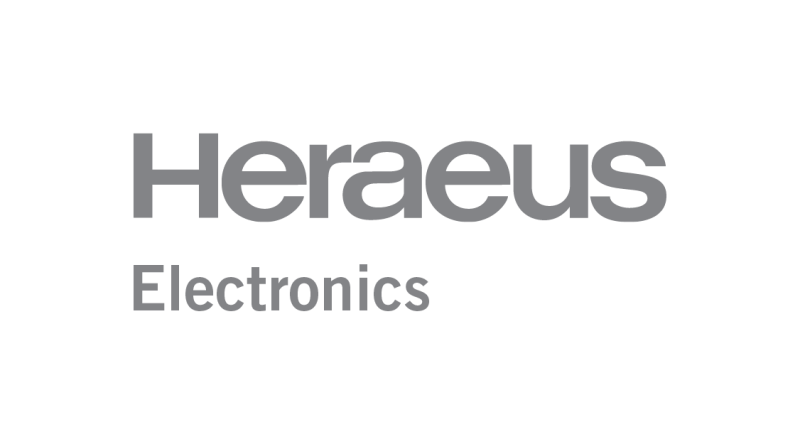 |
Heraeus Electronics |
Jörger, Michael
Topic Coming Soon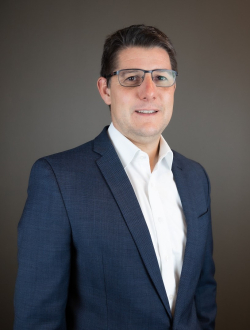
 Abstract Biography |
Materials Innovations |
| I | To top | ||
 |
INFICON |
Behnke, John
Topic Coming Soon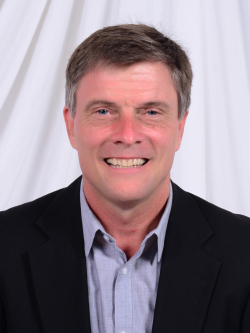
 Abstract Biography |
Fab Management Forum |
| Infineon Technologies AG |
Recklies, Joerg
Key Takeaways by Session Chair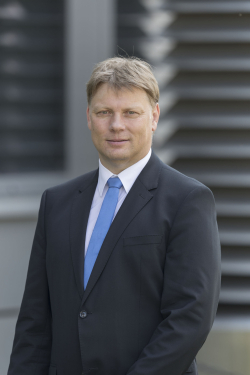
Abstract Biography |
Fab Management Forum | |
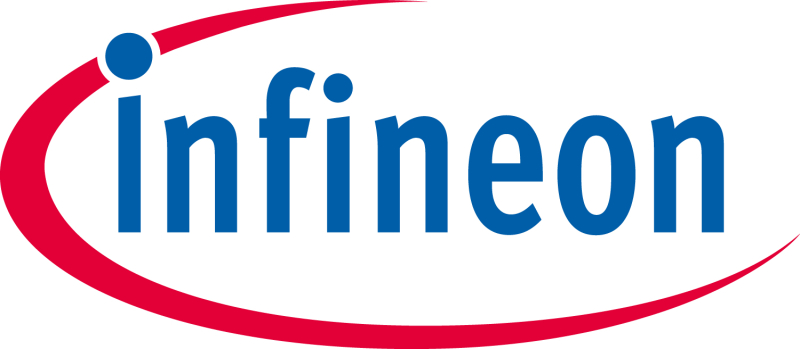 |
Infineon Technologies Dresden GmbH |
Hasse, Holger
Building the new Smart Power Fab in Dresden: A Strong Signal for the Future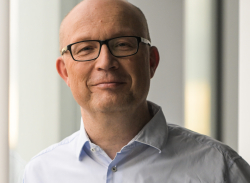
 Abstract Biography |
Fab Management Forum |
 |
Intel Foundry Services |
De Ambroggi, Luca
Chiplets - Accelerating System Innovation in the Era Heterogeneous Integration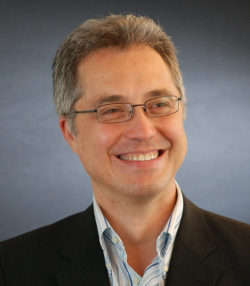
 Abstract Biography |
Future Disruptions |
| L | To top | ||
| Luceda Photonics |
Dumon, Pieter
Photonic IC Design: Innovation and ScalabilityAbstract Biography |
Integrated Photonics | |
| M | To top | ||
 |
Merck KGaA |
Siragusa, Nina
Intersecting Paths: Uniting Moore's Law and Biology Through Bioconvergence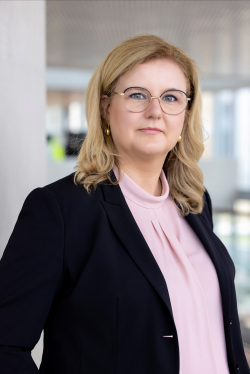
 Abstract Biography |
SMART Medtech |
| O | To top | ||
 |
Otto-von-Guericke-Universität Magdeburg |
Rolf, Benjamin
AI Engineering (B. Sc.) - Rethinking Applied AI Education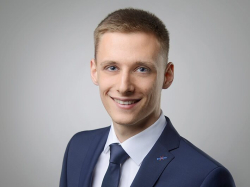
 Abstract Biography |
SMART Manufacturing |
| Q | To top | ||
 |
Qualcomm Korea |
Kim, Leo
The Advanced APC Application to Enable the Geometric Scaling by DTCO in sub-5nm SoC Manufacturing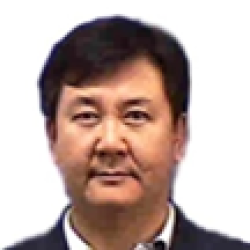
 Abstract Biography |
Fab Management Forum |
| R | To top | ||
 |
Robert Bosch GmbH |
Buseck, Peter
Topic Coming Soon
 Abstract Biography |
Fab Management Forum |
 |
Robert Bosch GmbH |
Schwaiger, Stephan
Radiation Hardness of SiC TrenchMOS Devices for Automotive Applications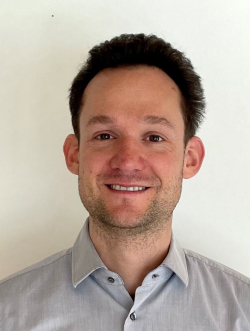
 Abstract Biography |
Electrification & Power Semiconductors |
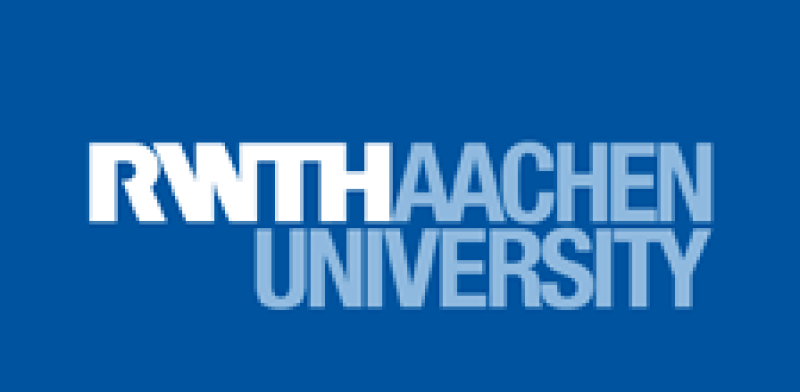 |
RWTH Aachen University |
Lemme, Max C.
Neuromorphic Computing for Autonomous AI Systems – the NeuroSys Cluster4Excllence in the Aachen Region
 Abstract Biography |
Future of Computing |
| S | To top | ||
 |
SEMI Europe |
Altimime, Laith
Welcome Remarks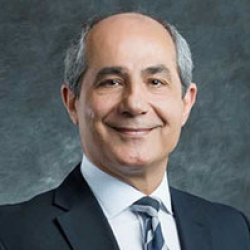
 Abstract Biography |
Fab Management Forum SMART Medtech |
 |
SEMI Europe |
Melvin, Cassandra
Opening Remarks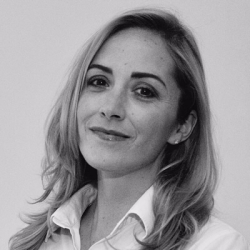
 Abstract Biography |
Fab Management Forum |
| STMicroelectronics |
Alba, Simone
Key Takeaways by Session Chair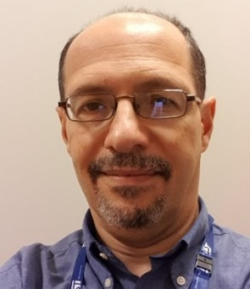
Abstract Biography |
Fab Management Forum | |
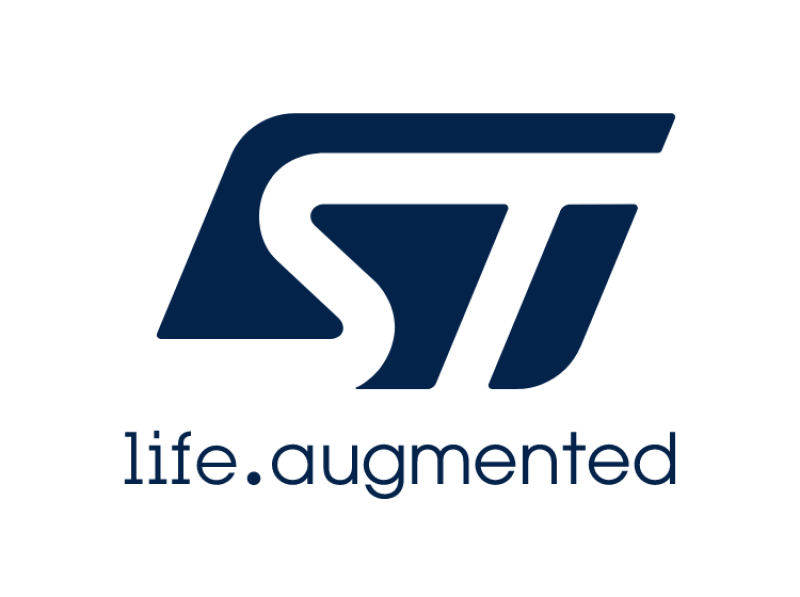 |
STMicroelectronics |
Gärtner, Manuel
The SiC Power Revolution is Ready for High-Volume Car Manufacturing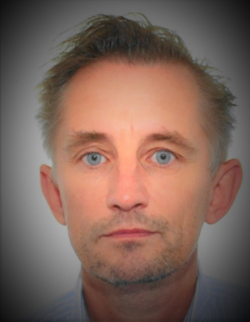
 Abstract Biography |
Electrification & Power Semiconductors |
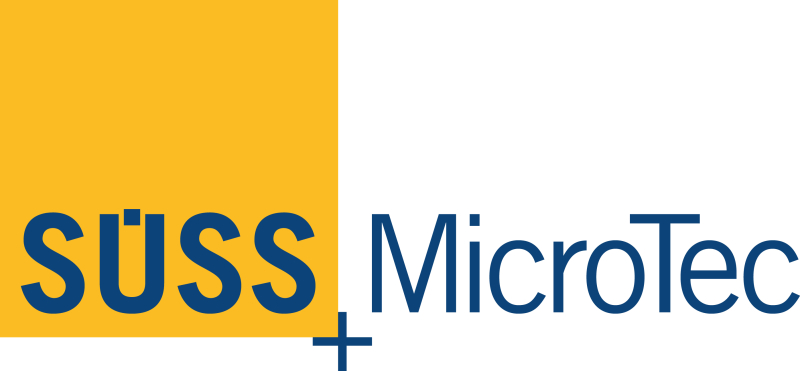 |
SUSS MicroTec SE |
Lutter, Stefan
Disruptive and Sustainable Bonding Technology Covering Various Material Combinations for Emerging Applications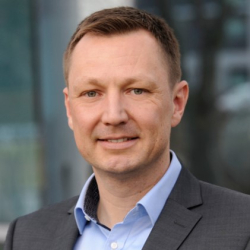
 Abstract Biography |
Future Disruptions |
| T | To top | ||
 |
Texas Instruments |
Schimpf, Klaus
Opening Remarks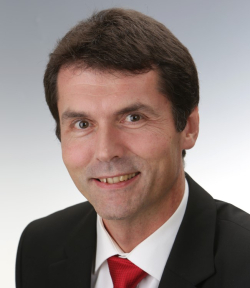
 Abstract Biography |
Fab Management Forum |
 |
Texas Instruments |
Stur, Alexander
TI’s Path to Net Zero Activities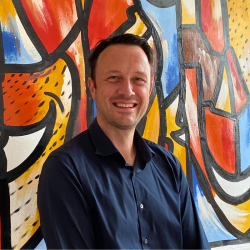
 Abstract Biography |
Fab Management Forum |
| Tyndall National Institute |
Nolan, Michael
Designing Atomic Level Process Chemistries. The Role of Atomistic Simulation in Developing Sustainable Deposition and Etch Processes.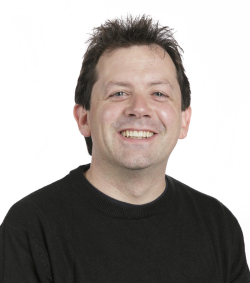
Abstract Biography |
Materials Innovations | |
| U | To top | ||
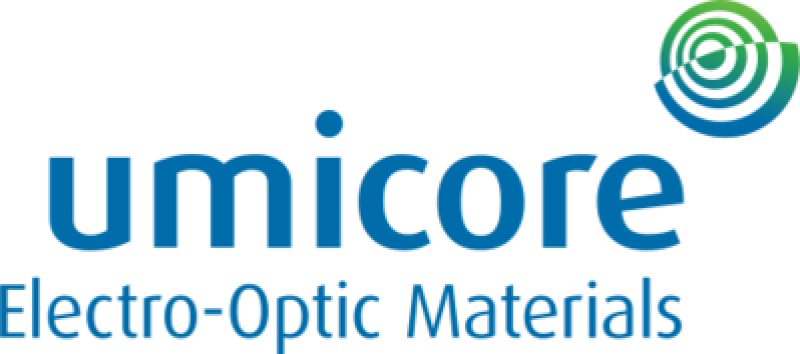 |
Umicore |
Zyulkov, Ivan
Germanium Substrates for Photonics: GaAs Replacement Advantages and New Production Possibilities through CMOS Integration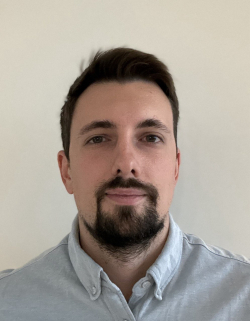
 Abstract Biography |
Integrated Photonics |
| W | To top | ||
 |
Watlow Electric Manufacturing Company |
Parkinson, Blake
Watlow’s Approach Towards Energy Efficiency and Achieving Net-Zero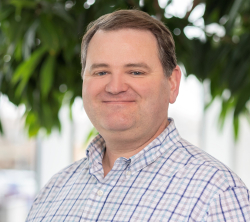
 Abstract Biography |
Fab Management Forum |
 |
Wolfspeed |
Stigall, Missy
Topic Coming Soon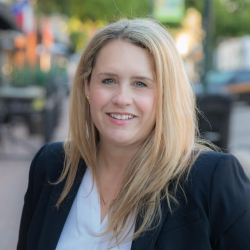
 Abstract Biography |
Fab Management Forum |
| X | To top | ||
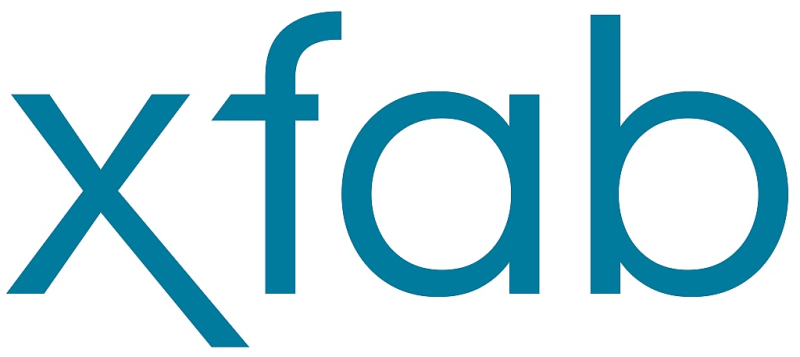 |
X-FAB Dresden GmbH & Co. KG |
Woittennek, Michael
Challenges of Capacity Doubling Under Brownfield and Full Load Conditions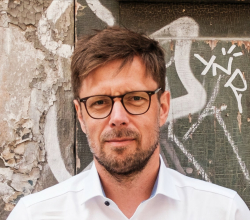
 Abstract Biography |
Fab Management Forum |
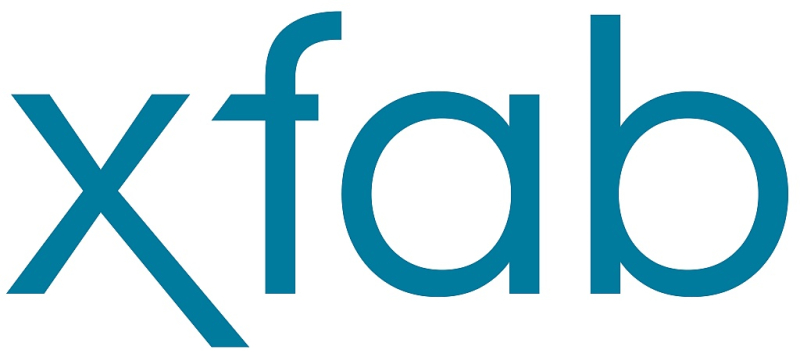 |
X-FAB Semiconductor Foundries GmbH |
von Podewils, Mario
Opening Remarks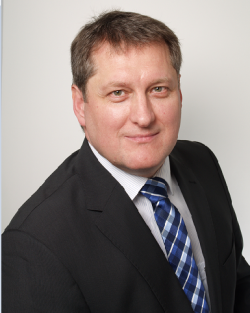
 Abstract Biography |
Fab Management Forum |